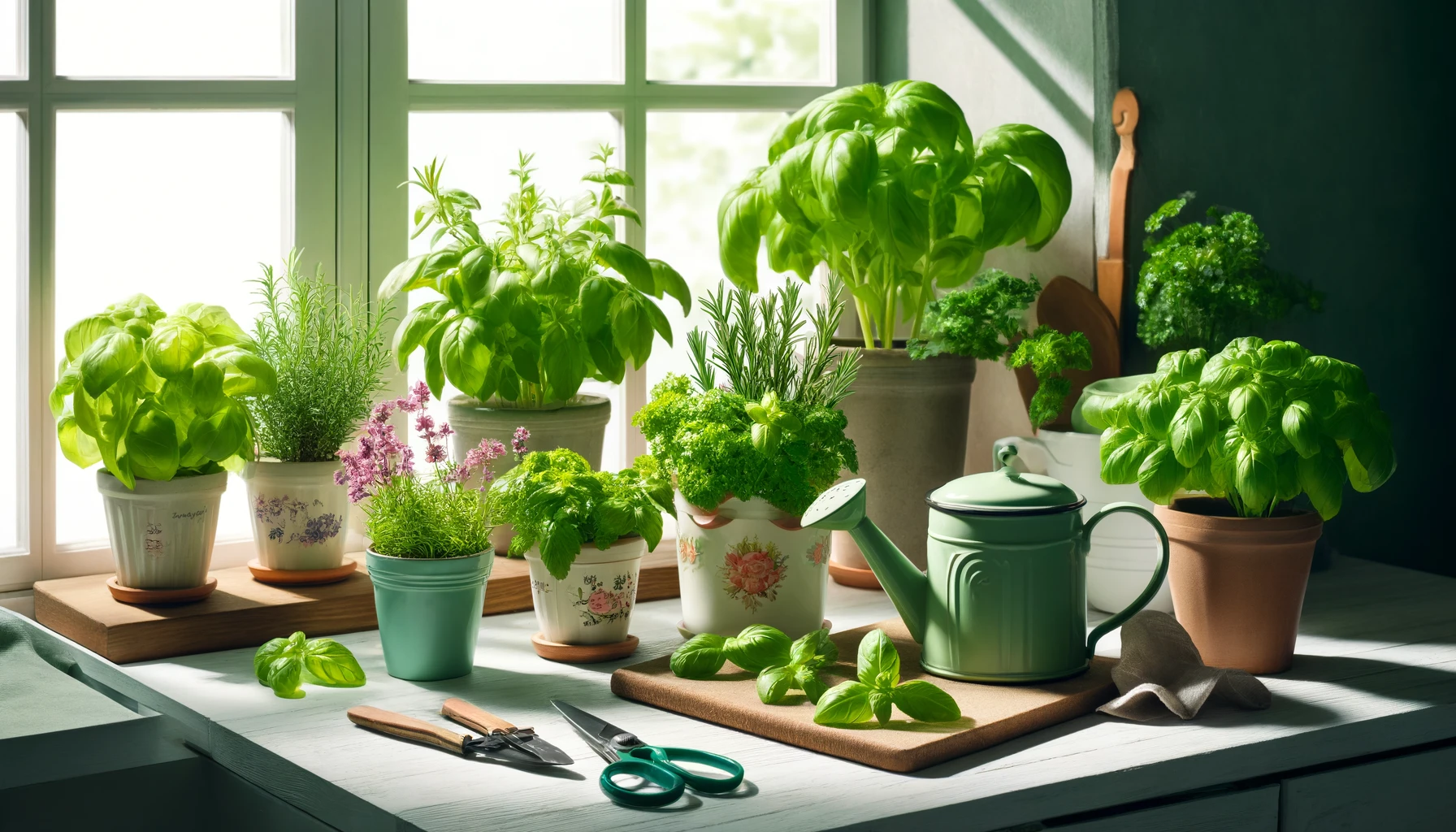A home herb garden is a delightful and practical addition to any space, allowing you to grow fresh, aromatic herbs for cooking, teas, and even natural remedies. Whether you have a sprawling backyard or just a sunny windowsill, cultivating your own herbs is easier than you might think. In this article, we’ll guide you through the steps to create and maintain a thriving herb garden at home.
Benefits of a Home Herb Garden
Growing your own herbs offers numerous advantages. It provides a constant supply of fresh, organic ingredients, reduces grocery bills, and enhances the flavor of your meals. Additionally, tending to a herb garden is therapeutic, promotes sustainability, and adds greenery to your living space.
Choosing the Right Herbs
Start by selecting herbs that match your cooking preferences and growth conditions. Some easy-to-grow options include basil, parsley, mint, thyme, rosemary, cilantro, chives, and oregano. Consider the amount of sunlight available in your space, as most herbs require at least 6 hours of direct sunlight daily.
Planning Your Herb Garden
1. Decide on the Location
Herbs can be grown in various settings, including outdoor gardens, balconies, or kitchen windowsills. Choose a spot with good sunlight exposure, adequate ventilation, and easy access for harvesting.
2. Select Containers or Beds
If you’re short on space, opt for containers, pots, or hanging baskets. Ensure they have drainage holes to prevent waterlogging. For outdoor gardens, raised beds or well-drained soil work best.
3. Prepare the Soil
Use a well-draining potting mix enriched with compost to provide nutrients. Herbs thrive in slightly sandy soil with good aeration, so avoid compacted or heavy clay soils.
Planting and Caring for Your Herbs
1. Planting
Plant seeds or seedlings according to their spacing requirements. Overcrowding can lead to poor airflow and increased susceptibility to diseases. Read the seed packet or nursery label for specific guidelines.
2. Watering
Water your herbs consistently but avoid overwatering. Herbs like thyme and rosemary prefer slightly dry soil, while basil and parsley thrive in consistently moist conditions. Always check the soil before watering to ensure it’s not soggy.
3. Sunlight
Most herbs require at least 6 hours of sunlight daily. If natural light is limited, consider using grow lights to supplement their needs.
4. Pruning and Harvesting
Regular pruning encourages bushier growth and prevents herbs from becoming leggy. Harvest herbs frequently by pinching off leaves or cutting stems just above a leaf node. Avoid harvesting more than one-third of the plant at a time to ensure continued growth.
Creative Ideas for Your Herb Garden
- Vertical Herb Gardens: Use wall-mounted planters or tiered racks to save space and create a stunning display.
- Companion Planting: Group complementary herbs together, such as basil with tomatoes or parsley with chives, to enhance their growth and flavor.
- Themed Gardens: Create a specific theme, such as a culinary herb garden with basil, oregano, and thyme, or a tea garden with mint, chamomile, and lemon balm.
- Decorative Containers: Use colorful or uniquely shaped pots to add personality to your herb garden.
Common Challenges and Solutions
- Pests: Keep an eye out for common pests like aphids and spider mites. Use natural remedies such as neem oil or introduce beneficial insects like ladybugs to control infestations.
- Overwatering: Herbs are sensitive to waterlogging, so ensure proper drainage and avoid watering too frequently.
- Leggy Growth: Insufficient sunlight can lead to tall, weak stems. Rotate your pots or move them to a sunnier spot to promote even growth.
Enjoying Your Homegrown Herbs
Once your herbs are thriving, make the most of them in your kitchen. Add fresh basil to pasta dishes, brew mint leaves for refreshing tea, or use chives as a garnish. You can also dry or freeze excess herbs for later use, ensuring you have a steady supply year-round.
Creating a home herb garden is a rewarding experience that combines practicality, sustainability, and beauty. With a little planning and care, you’ll have a vibrant garden that enhances your meals and brings joy to your daily routine.
